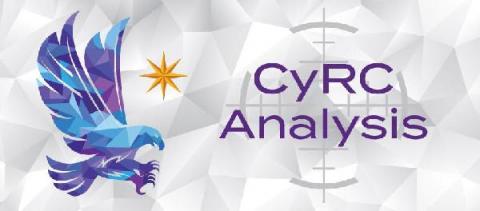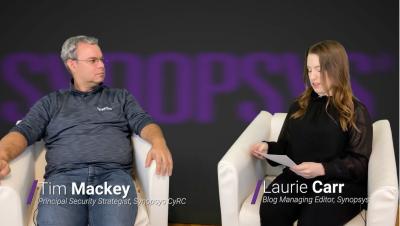Forrester recognizes Synopsys as a leader in static application security testing
We’re proud to announce that Synopsys has been named a leader in The Forrester Wave™: Static Application Security Testing, Q1 2021. Find out why. This week Forrester recognized Synopsys as a leader in The Forrester Wave™: Static Application Security Testing, Q1 2021, based on its evaluation of Coverity®, our static application security testing (SAST) solution. Forrester evaluated the 12 most significant SAST providers against 28 criteria.




